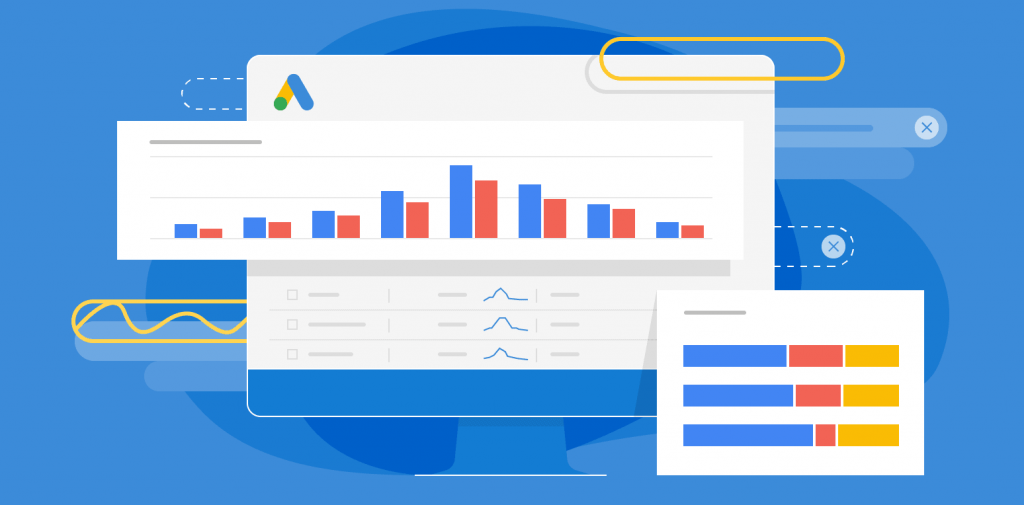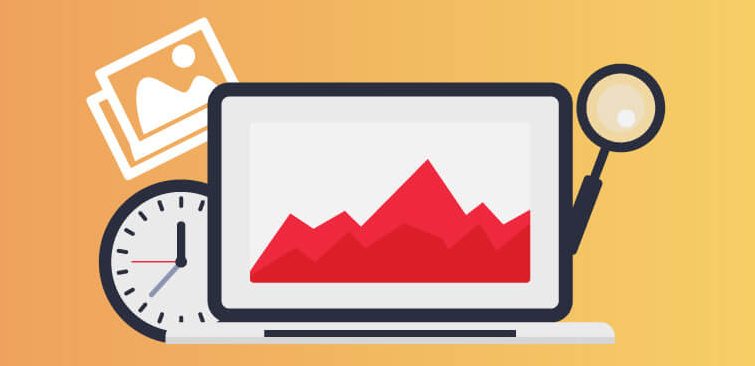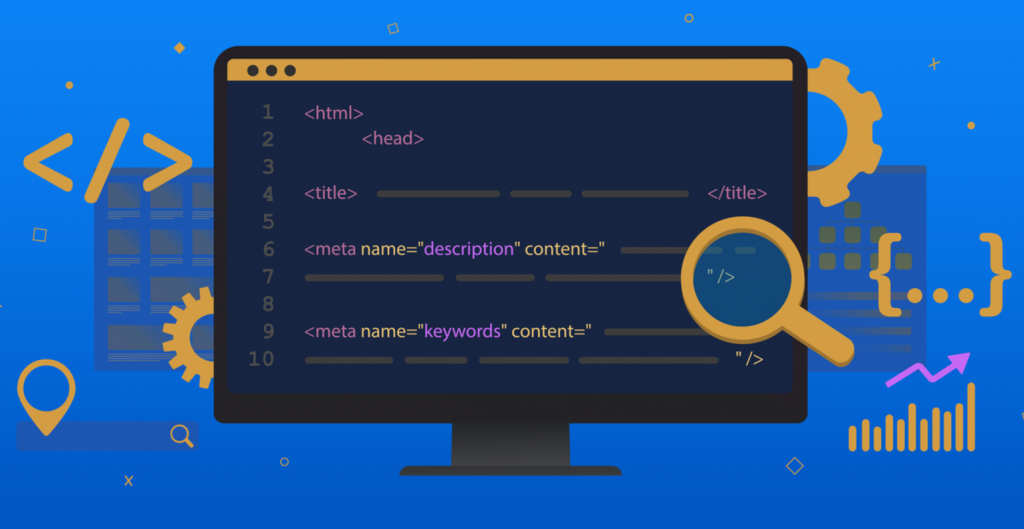Marketing is all about search engine optimization. Optimizing your web pages, including your blog posts, makes your site more visible to search engines like Google.
Google’s algorithmic updates make it difficult. Relevance and content are today’s most effective SEO strategies. What is the best way to know what matters? What blog classification strategies are available today? And what is considered to be relevant?
Digital content marketers face a lot of confusion. We want to help. This post will discuss how to optimize blog posts for keywords that you are interested in. It also includes some other optimization strategies you should consider.
We have observed over the years that search engines are most concerned with providing users with high-quality, relevant and useful information.
This requires you to be familiar with the basics of your blog.
Quality – Is your blog an authority on your niche?
Usefulness – Is your blog post helpful, simple to read, and well documented?
Relevance – Is your blog post relevant to a particular problem?
We’ll be sharing the best practices that search engines can use to understand these questions and rank your blog posts on the first pages.
Optimize your keywords
Optimizing content for the correct phrase is the first and most important aspect of an SEO strategy. Your keyword phrase should be specific enough to narrow down your search results. A keyword such as “digital marketing”, for example, generates more than seventy eight million results.

It is important to select keywords that aren’t too competitive, and to also pick a keyword phrase with more specificity.
A short tail for words
A short tail keyword is a phrase that contains 1-3 words. These phrases can be used by people who don’t know what they are looking to find. These people usually only require general information. The most popular keywords in Google are short tail keywords.
Long tail words
Long tail keywords are phrases with 3 or more words. These keywords are often used by people who have an idea of what they are searching for. These terms are also searched for by a smaller number of people.
Google Keyword Planner
Ahrefs and Google Keyword Planner allow you to search keywords that would be suitable for your blog post.

You can find information on the Google keyword planner that shows you the average monthly Google searches and the level (high, medium, or low) of competition for a particular keyword.
Google Keyword Planner can also suggest alternative keywords to the primary keyword. Keywords can be used as a primary keyword or you can use them as LSI (Latent Semantic Indexing) keywords.
LSI keywords are keywords that are semantically related with your primary keyword. These are not synonyms, but keywords with similar meanings. Contrary to popular belief. After you have chosen the keyword, make sure to use it in the right places. The keyword should be used in the main position as well as in the subheading.
Only one keyword should be included in the first paragraph. It is best to include the keyword only once in the first sentence of a blog post. Blog post optimization should consider keyword density. Good SEO requires that the keyword limit be between 1.5% and 2.5%.
If the article’s word length is 2000 words, then the keyword should also be added between 30 and 40 times. If necessary, you can use LSI to replace the main keyword. LSI improves the quality of content for search engines.
Search engines respond faster to long tail keywords than single keywords.
Your keywords should be included in your blog post
You should also include the keyword phrase multiple times in the post’s content. As we have discussed, the keyword phrase can be included in the title (headings H1) and in a subheading, headings H2, or, if it is relevant, in the H3 headings.
Next, integrate them into the body of your blog post. You should also include them in the last and first paragraphs. If possible, include a hyperlink.
Optimize images
Images will make your blog post visually appealing. Images are important for optimizing blog posts to SEO.

You can include additional images in your blog post. Choose a file name that Google can recognize the image’s content (and think SEO).
Image sizes can be reduced
This is crucial! This is crucial! Slow loading pages are a major problem for search engines. This is why you will be pushed down the Google search results page. Squarespace offers many automatic image optimization tools that reduce file sizes based on screen size. This is great for SEO.
Optimize the title (H1 header).
Optimizing your blog post’s title is the most important area. Also known as the H1 header, it is the first and most important. Google will rank you higher if you can get close to the keyword phrase at its beginning in the title.
Optimize the Meta description
When Google displays your page in a search result, it will display a description. Meta descriptions are a brief summary of the content of your blog post and should contain your keywords.

Google will display a fragment of your article if you do not include a meta description. This may not reflect the message you wish potential readers to see, and could affect your post’s search ranking.
You can make sure that Google doesn’t cut off your meta description and ends it with “…”, or in the middle of the sentence.
Subheadings should contain keywords (H2, H3)
Blog posts should be easy to read. This includes sections under headings and subheadings. These are known as H2 headers or H3 headers in website language. The article title is H1. Optimize your blog post by using at least one H2 header, which includes your keyword phrase.
Add Keywords/Tags
You will also optimize your blog post to include the primary keyword phrase. These keywords are often called tags in WordPress. We also call them secondary keywords. These are additional keywords that you want to optimize in your blog posts. These keywords should follow the same guidelines as for other keywords. They should not be too generic and should contain more than one or two words.
Optimize your blog post URL
The URL of your blog post will automatically include the keyword you have included in your title (H1 header). You can customize the URL by shortening or changing the length of your title.
Incorporate both internal and external links
Links to related blog posts can increase the time spent on your site and give more value to your visitors. Your website and your post will rank higher in search results if they are read more frequently.
Instead of linking to one word articles, choose relevant keyword phrases. When appropriate, you should also link to third-party sites.
Mobile optimized
Mobile users visit blogs and websites more frequently from their smartphones. This means that your posts must be mobile-friendly. Even if your desktop site works flawlessly, a weak mobile website will be a problem. Get the Google mobile test free.
A single post does not suffice. A responsive website is made up of content that includes text, images and slideshows. – are optimized for mobile devices.
Add PMA to optimize your site for mobile. Your site will have faster page rendering and content delivery with PMA (accelerated mobile pages).
Create quality media profiles
Google can use social media to determine the authority and relevancy of an article. It’s possible to write something really good if thousands of people comment. The best way to get comments is by building a loyal following and writing quality content

Here are some things to consider:
You can get to know the major players in your niche by connecting with them occasionally on Twitter.
You can add content to your social media accounts that won’t be published on the blog. It is a separate resource that everyone can access.
You can share content. You can share content from other bloggers. This will increase the likelihood that they will share your content. This is very important.
When necessary, load rich media content
Diversifying media appeals to readers, strengthens your message, and also increases your blog post potential. Videos and audio files can also increase the time a user stays on your website, which is a key ranking factor for many SEO professionals.
People in general love videos. Video is a powerful tool because people tend to recall the messages it shows.
Sometimes embedded audio, especially podcast audio, is even more effective. Podcasting has many SEO benefits. Podcast episodes from authoritative shows can be added to your blog post to enhance your content and increase the time spent on your site.
Infographics can add visual texture and color to your posts. They are also a great tool because they are often shared on social media. You must label your infographic correctly, just like the rest of your images.
Use the Google Search Console
The Google Analytics Search Report section is a part of Google’s free search console. This report allows you to analyze Google Search clicks. It is useful in determining what keywords users use to find your content.
Use structured schemas and data
Structured data and schema are powerful tools for SEO.
Schema tells Google what data is, rather than what it says. It helps Google reduce the guesswork that it would have to do without this additional layer of data tagging.
Correctly applying the schema of your website will increase your chances of it appearing in search results.
Knowledge boxes, star ratings and reviews, as well as event times and other schemas that work in search results, are some of the most common examples. Structured data markup is still a relatively new technique for SEO. There are plugins that make schema markup easy.
Conclusion
SEO is a constantly evolving and changing strategy that strives to stay on top. These tried-and-true methods will still be valuable in the eyes Google and other search engines.
